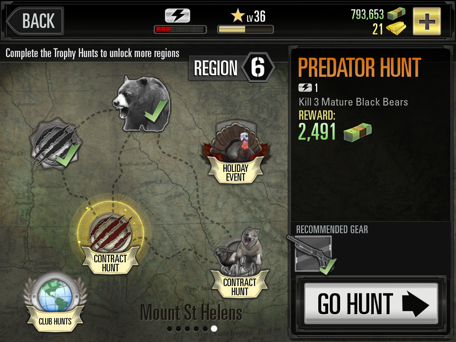Mobile Free to Play: What about Player Skill?
Why is it that in the Top Grossing Charts on mobile there are no games with high amounts of player skill?
Where are the Marios? The games that tested your abilities right to the last boss?
Where are the Call of Duties? Games that allow you to play competitively online for hundreds of hours?
Where are the Street Fighters? Games with so much emergence and depth there are books on how to master the controls for the game…
Mobile renditions of these genres may have found a way to get a decent amount of downloads, but none of them have found a sustained spot on the Top Grossing.
Why?
In order to be successful in free to play you need to pace a player’s progression so that they can play your game for months.
For a game to enforce slow progression for all player types, you need to be able to balance with high precision.
The more player skill effects the outcome of your game – the harder it is to balance for optimal monetization.
How Candy Crush handles Skill
If Candy Crush was balanced to have less luck and more skill, the game wouldn’t be nearly as successful.
For one, it would not have broad appeal. Players without the necessary skill levels would drag behind and leave because of the difficulty, while players of high skill would rip through the content without spending a dime.
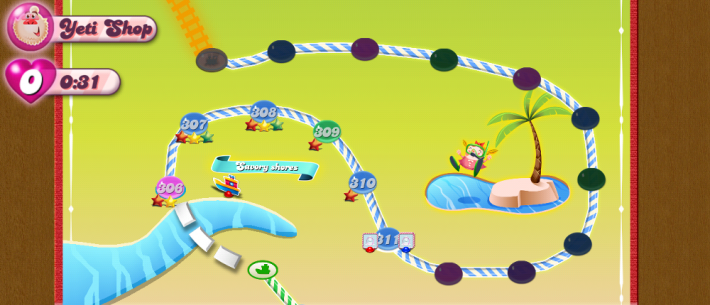
But the major reason why Candy Crush Saga is successful is the way that the game paces its content. Candy Crush has a lot of levels, but with 300+ levels, it still takes you months of engaged play to even dent the map. This stalled speed of progression is exactly what is required to be successful in Mobile Free to Play. A game that lasts for months (better yet, years) with a healthy pace of content to keep players engaged. This drives a strong long term retention: a large percentage of players returning to the game after hundreds of days. This KPI is the most important measure when evaluating a games success, we have seen this time and time again at Wooga.
So how does King do it? How do they pace the content so well so that players only reach the 100th level after playing for a month? They do this by varying up the difficulty. The difficulty of levels is not a steady linear increase like in most classic games. Level 55 is not necessarily easier than level 56, level 100 is not necessarily easier than level 200. In Candy Crush (and all of the games that copied the formula thereafter) there are levels that are meant to be easy, and levels that are meant to be hard. A set of levels are designed as easy to make sure that you have moments when you are loving the game and feeling smart/powerful. However, there are also levels that happen more sporadically which ramp up the difficulty exponentially. These levels are “blocking” levels — they are there to be extremely difficult. These levels are required to convert players to payers (give them reasons to use all those boosts), reinforce that the game is not a cakewalk, and that level progression should be celebrated, (see twitter…) but mostly so that there are levels which have to be played over and over and over and over again before you progress – pacing the content.
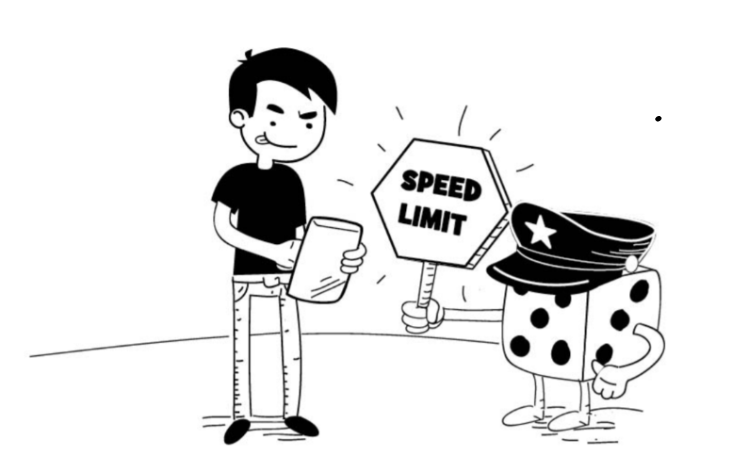
Florian Steinhoff did a wonderful GDC presentation about this exact balance when he discussed Jelly Splash. I’d really recommend watching it if you have vault access.
The problem facing game designers looking to create new genres in Free to Play comes back to Player Skill. How do you build these blocking levels that are so important to your retention & monetization? If a player has a huge influence on the result of the round (whether they progress or not) then balancing for a skilled player versus an unskilled gamer would be impossible. I can beat the new Super Mario Bros. in a few hours, it takes others with less experience years to do the same. How Candy Crush builds these levels is by making the chance of winning, regardless of your skill, low. Like 5 to 10% (sometimes I’ve heard numbers even lower). But isn’t this frustrating? No! Since the game has so little skill (in comparison to other genres), they can balance these levels to make sure that players consistently come close to reaching the goal. Those near misses everyone talks about. These keep the player feeling like they can beat the level, they just need to play a few more times or convert. With higher player skill, this becomes much more difficult to achieve.
Super Mario Saga
So let’s go with a little bit of an experiment. Let’s take a game that has high amounts of skill and try to pace it without resorting to “dumbing down” the mechanics.
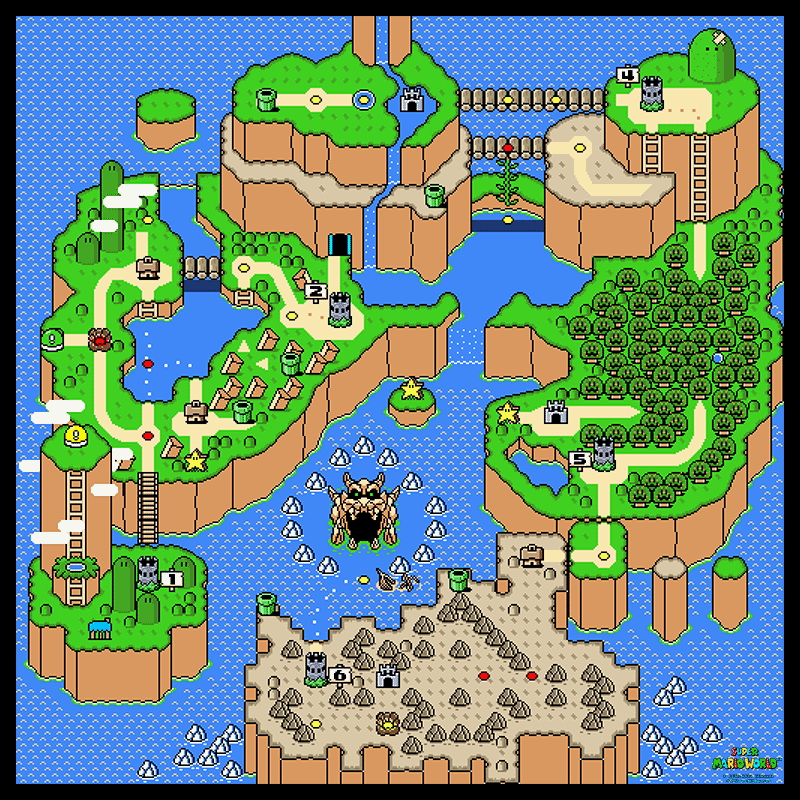
Super Mario is a game everyone loves – lets assume (for this experiment) that you could actually get the same level of control and ease of use out of a mobile version of Mario.
To play the game, the player progresses along a map, working between worlds which have unique content in each world. It takes months of time for artists, designers and developers to build each world. We need to try to make this amount of content last for months in the hands of players as well.
First off – we ramp up the difficulty on some levels like Candy Crush did. This will prevent players from progressing too quickly and force them to master the game. However, then we’d have a retention issue. The game only appeals to a small niche, and most players are dropping out because the game is too punishing and unrewarding to play.
So let’s add an upgrade system! You collect coins from playing, and then you can use those to improve the runners abilities to pass those levels. For unskilled players – they can grind on previous levels if they need the boost, but now they can progress! Games like CSR and Deer Hunter do this very well. Players can upgrade their weapons or car to improve their chances of winning. Blocking levels are directly tied to your upgrade level, and grinding is a core part of the game loop. However, in our Mario game we start to get some issues. Compared to CSR and Deer Hunter, there is substantially more skill in our game. So a player beating a level has a lot more to do with their current skill level than over how much they’ve upgraded. Those blocking levels are not forcing you to upgrade at all, it’s just demanding more skill. So in the end we have no control over the pace of skilled players, and unskilled players are forced to grind. No fun.
Here in the bottom right you can see the recommended gear for completing a level. In order to actually ensure a player NEEDS this upgrade — you need to make sure their skill isn’t overpowered and they can beat the level regardless.
What else can we do?
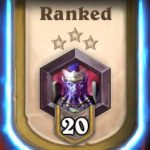
Games like Hearthstone and Diamond Dash are games of high skill and have performed very well in the Top Grossing charts. These games use Multiplayer PvP to control the player skill.
Tying PvP (Multiplayer) to your progression is one way that high skill games can pace their content. Ranked Mode in Hearthstone is an excellent example of how to do this. You may be a highly skilled player, but matching you against an equally skilled player and tying the result of this match to your progression allows High Skill games to balance out.
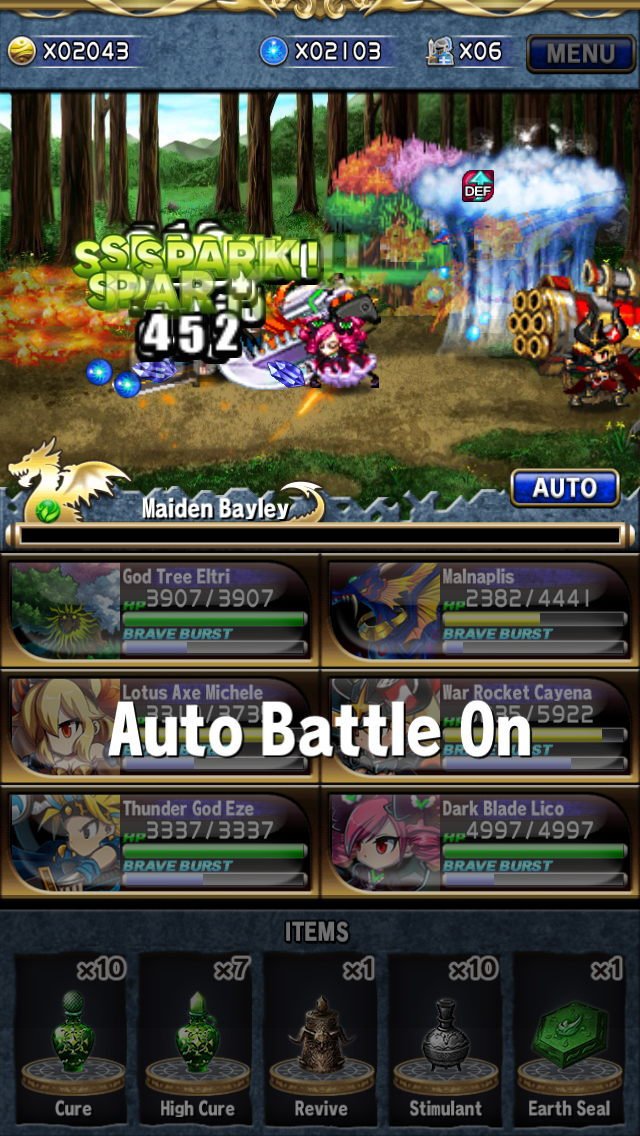
Games like Brave Frontier put most of their Skill into the decisions made in the metagame/elder game. The skill from Brave Frontier is not in the battle. Players are asked to mindlessly tap to fight against opponents. In later stages they even have an automated mode when you bore from mindlessly tapping. The skill in Brave Frontier comes from the choices you make as a player about which monsters/fighters you want to upgrade and which ones you take away. These types of mechanics certainly take much longer for players to appreciate and master, but in the end these are the mechanics that drive players to play these games for months rather than put the game down because they’ve bored of the core mechanic.
Takeaways
So what’s your take away? You can say two things –
1. I’m going to be that crazy game designer that cracks this nut. I’m going to go out and design a game with high skill that will dominate the marketplace that has strong retention and amazing monetization to shoot up the top grossing.
2. Or I will sit back with most free to play designers and continue to find ways to subtly water down skill based mechanics so that we can keep players in the game long enough to monetize and turn them into dedicated players.
I strongly believe that the mobile marketplace is maturing. The current marketplace is slowly demanding more skill from their games. Players are becoming fed up with re-hashed mechanics from a couple years ago. Players can see through Candy Crush’s mechanics and are not sticking to these types of games like they used to.
Finding ways to smartly add skill to games will be the key to opening up new genres on mobile.



